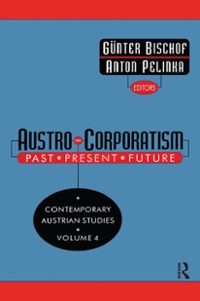Question
Two-period Model Consider the two-period model. The households receive exogenous income y in the first period and y' in the second period. Remember that N
Two-period Model
Consider the two-period model. The households receive exogenous income y in the first period and y' in the second period. Remember that N is the number of households. The government taxes the individual with a lump-sum tax t in the first period and t' in the second period. Therefore, the government receives tax revenues T = N*t in the first period and T' = N* t' in the second period. Besides taxes, the government also issues government debt (B) in the first period to finance its government spending in the first period (G) and second period (G'). In the first period, the household can save (s) with a real interest rate r and can choose his/her optimal consumption path(c and c'). The credit market clearing condition implies that Ns = B. The credit market is perfect. (GENERAL INFO ON MODEL)
(QUESTION)
Now let's move to fiscal policy considerations. Let's consider the following two fiscal policy options:
Policy 1: holding current tax rate constant but increasing government spendings.
Policy 2: increasing the first period tax and decreasing the government debt by the same amount. (This is equivalent to increasing tax so that the government borrows less today.) and then complete question (e) to (g).
(e) How does policy 1 affect the household's first and second consumption and saving? How do you know?
(f) How does policy 2 affect the household's first and second consumption and saving? How do you know?
(g) In reality, when consumers save by investing in financial assets, they need to pay capital gain taxes. The capital gain taxes are proportional to capital gains. Suppose now the consumer in our baseline two period model also needs to pay proportional capital gain tax to the government and the tax rate is , i.e., for each unit of interest payment received, the consumer can only keep (1- ), how will the capital gain tax change the consumer's budget constraint and the optimality condition? For simplicity, only consider the case where the consumer is a saver, i.e., we assume s > 0 always. (Hint: You will need to work with the period by period budget constraints and identify which part of the budget constraints is capital gain.)
Step by Step Solution
There are 3 Steps involved in it
Step: 1

Get Instant Access to Expert-Tailored Solutions
See step-by-step solutions with expert insights and AI powered tools for academic success
Step: 2

Step: 3

Ace Your Homework with AI
Get the answers you need in no time with our AI-driven, step-by-step assistance
Get Started


